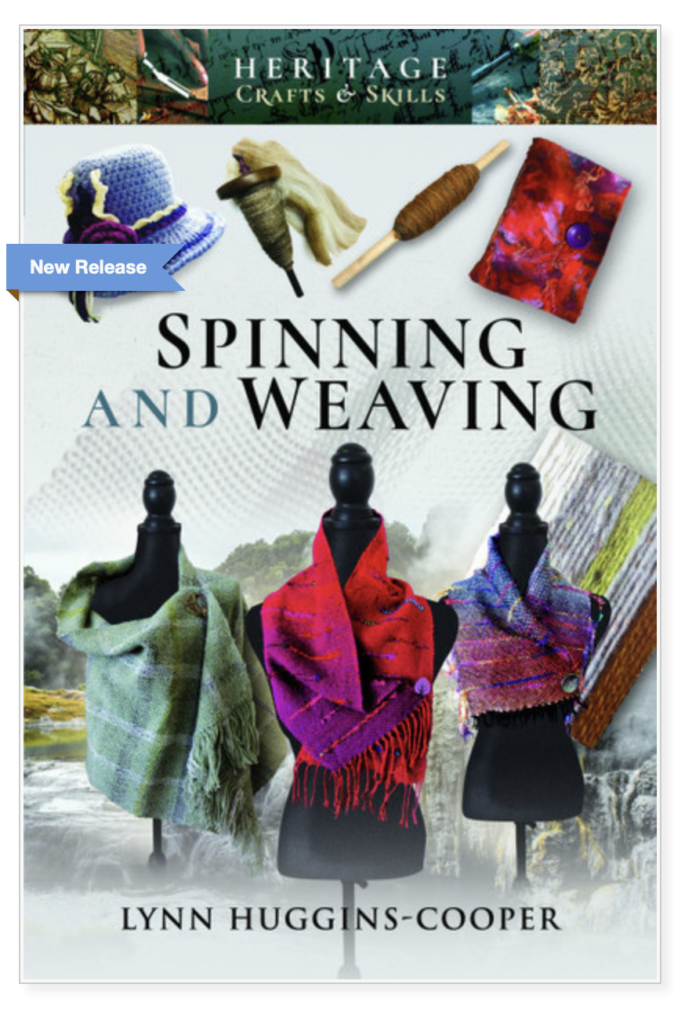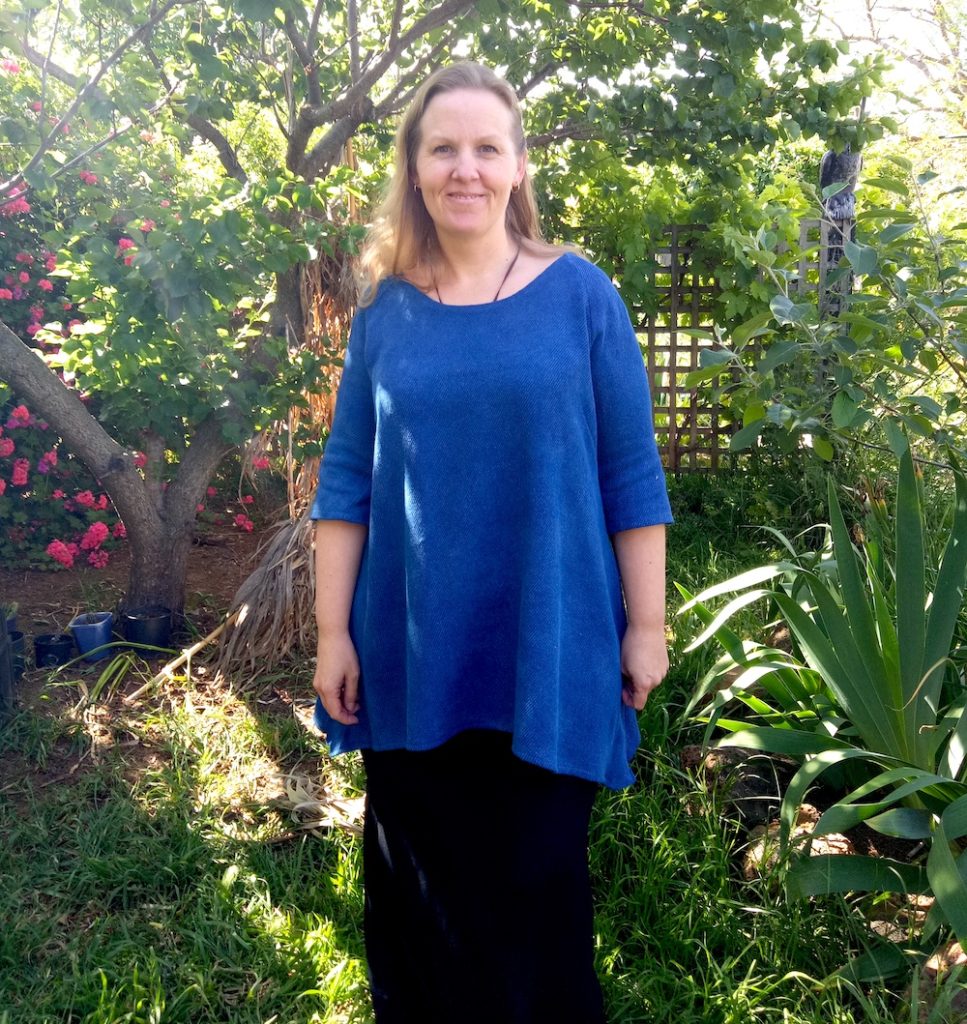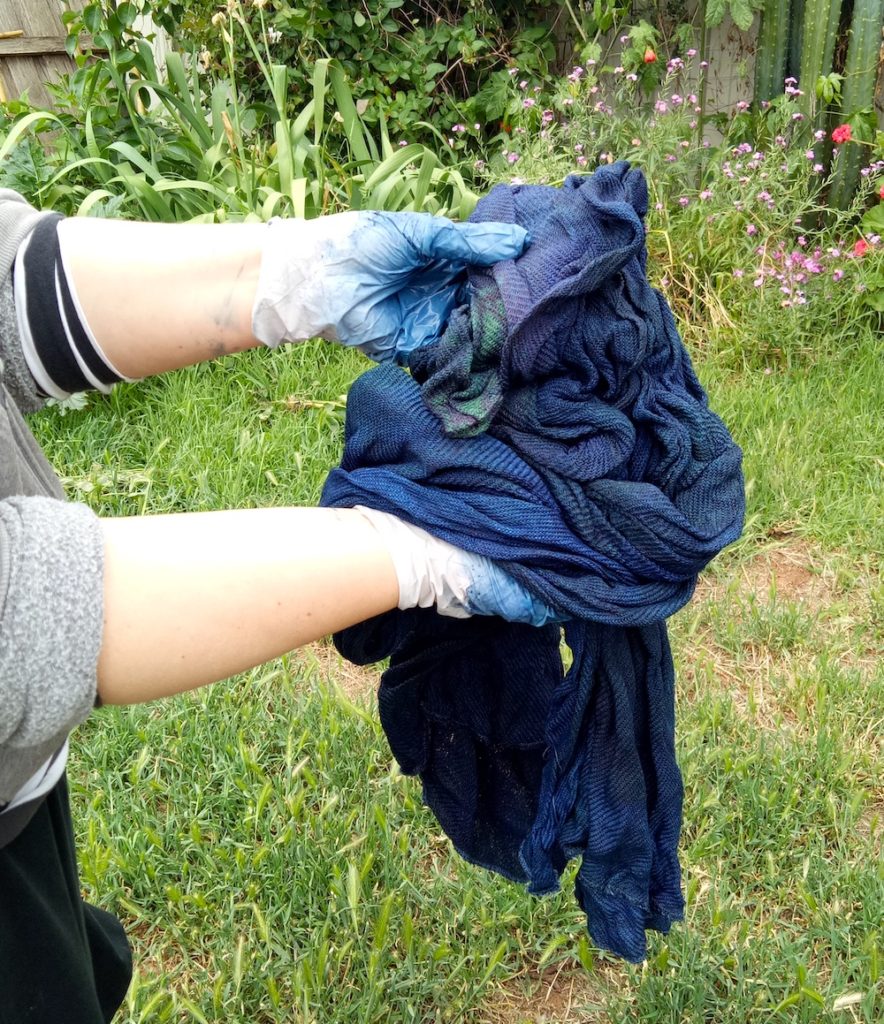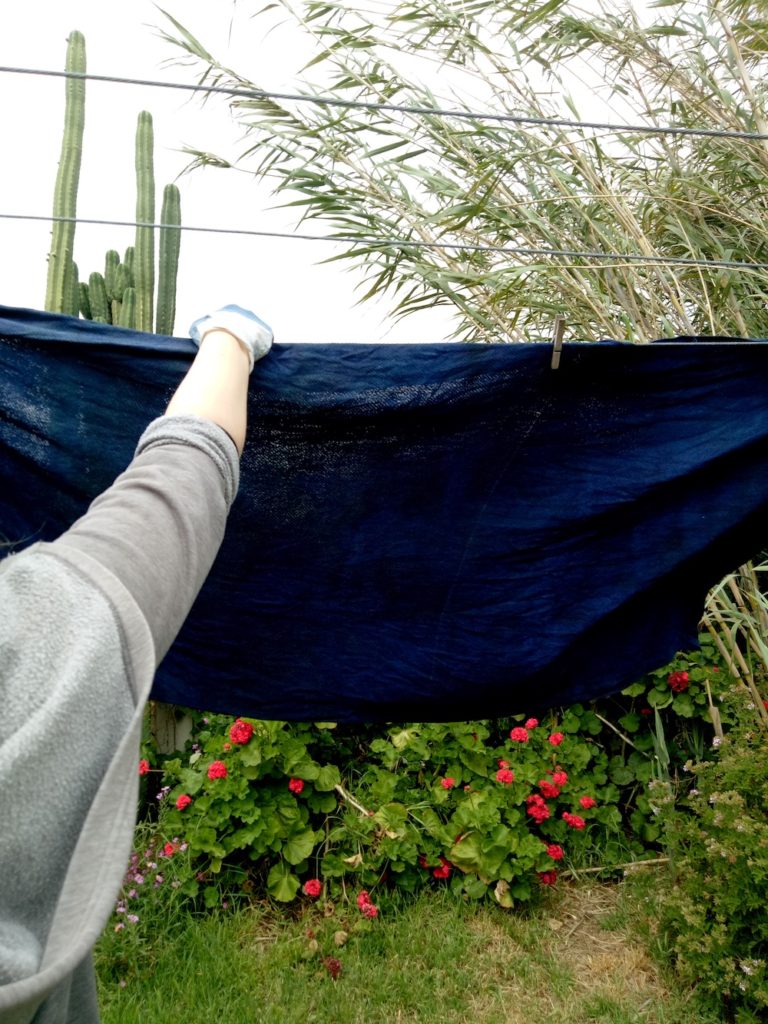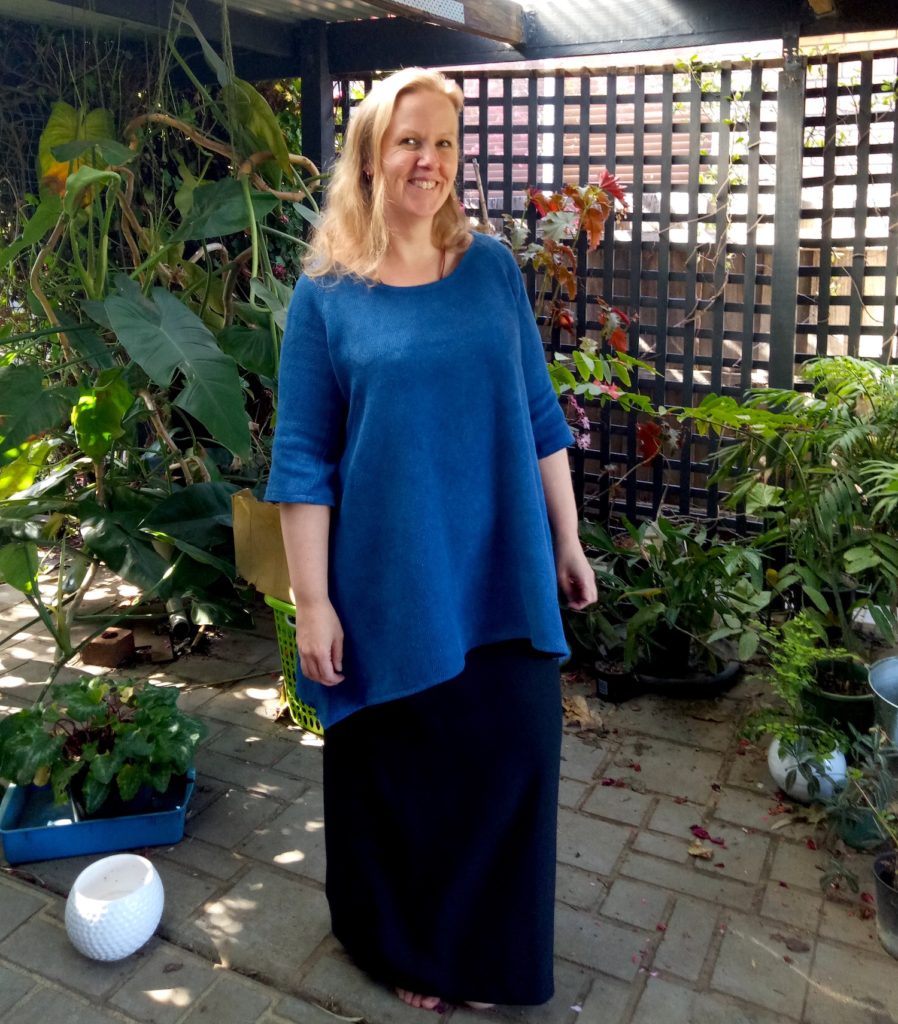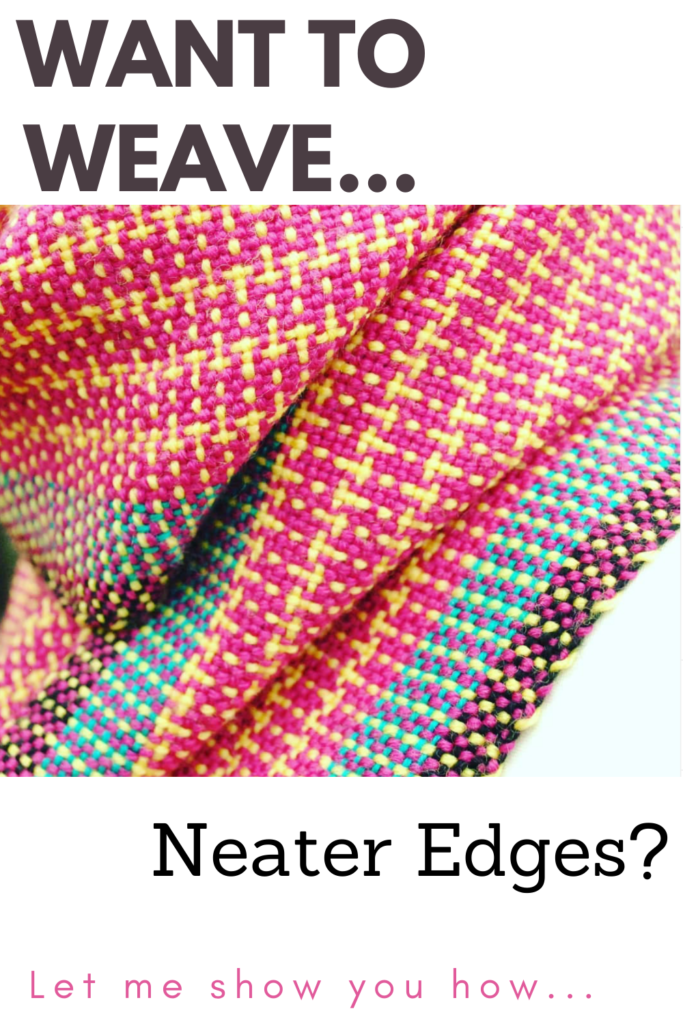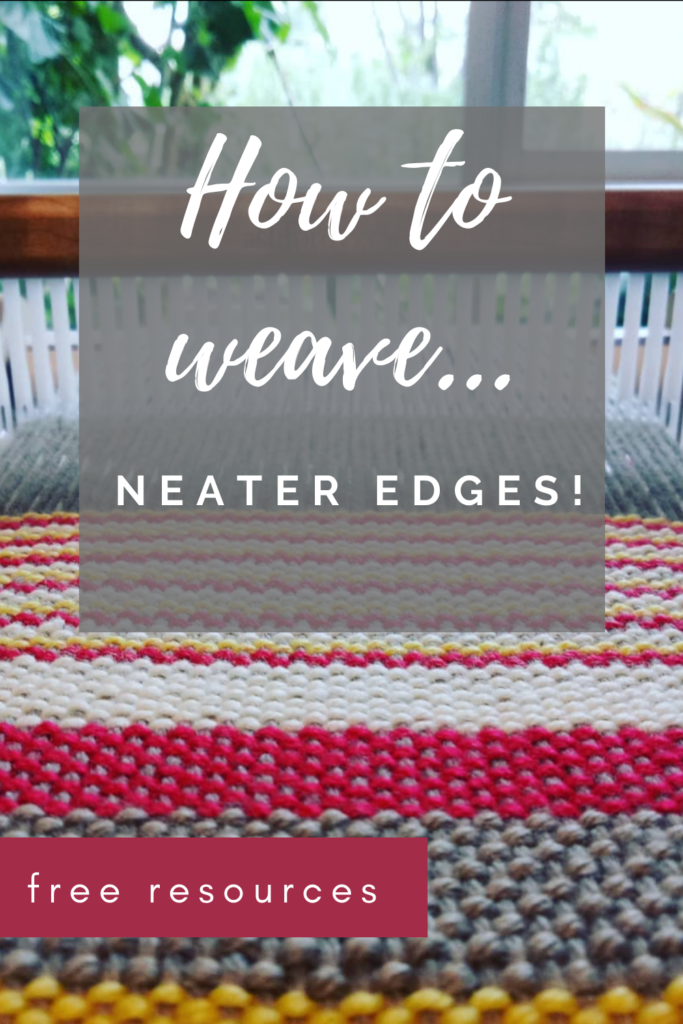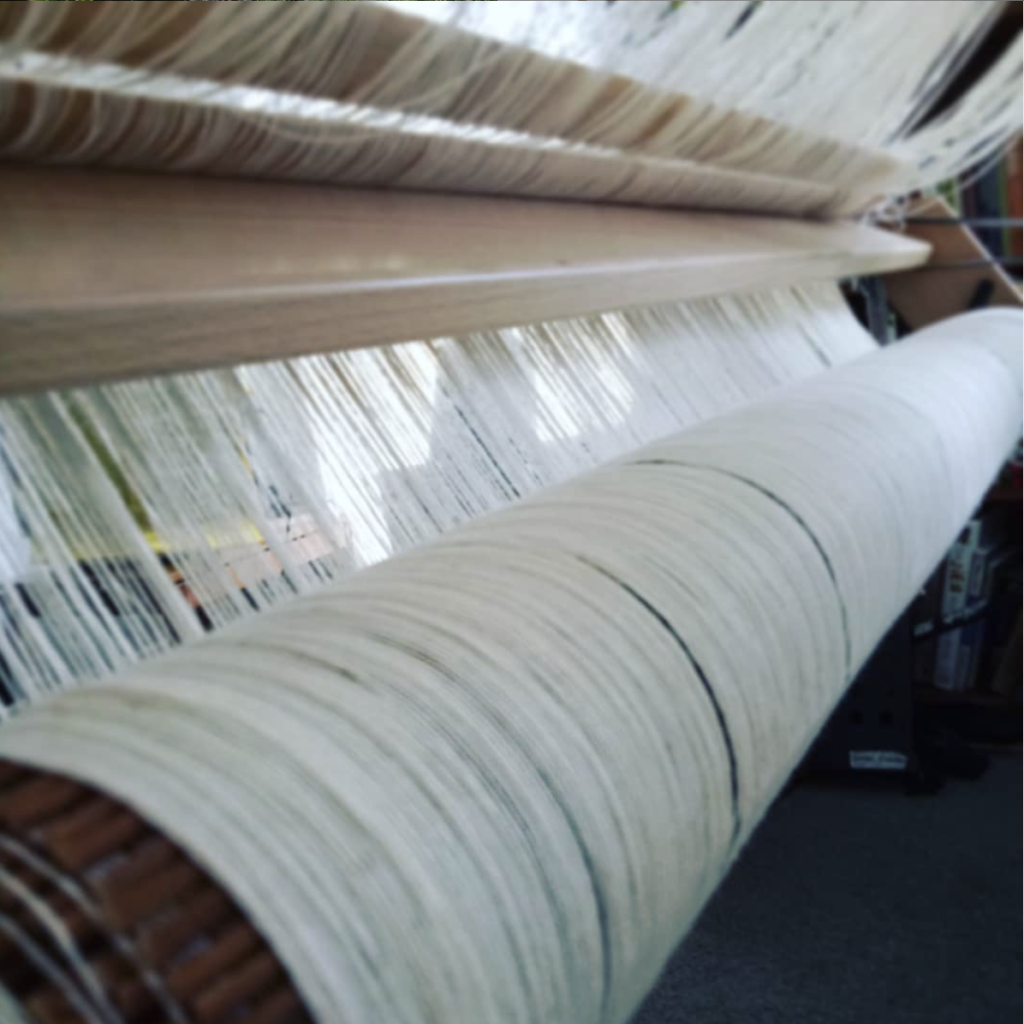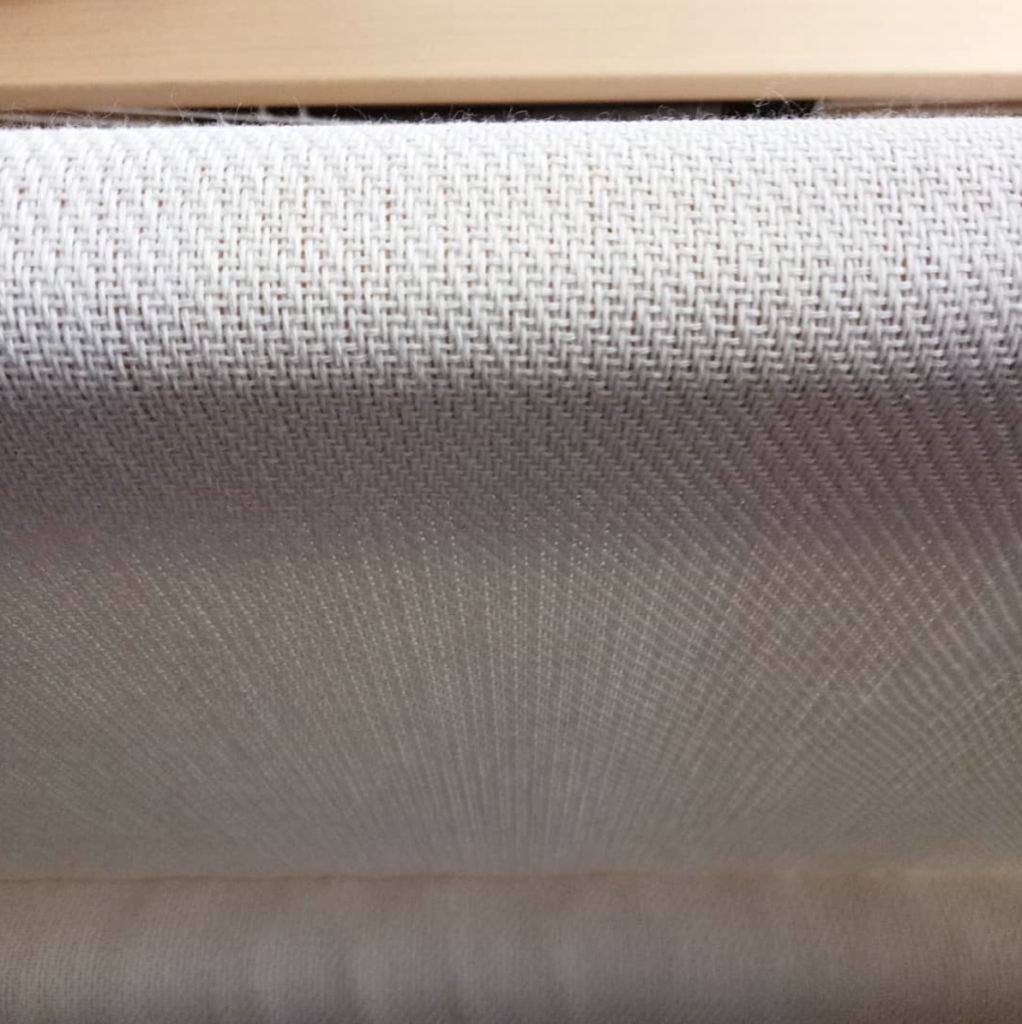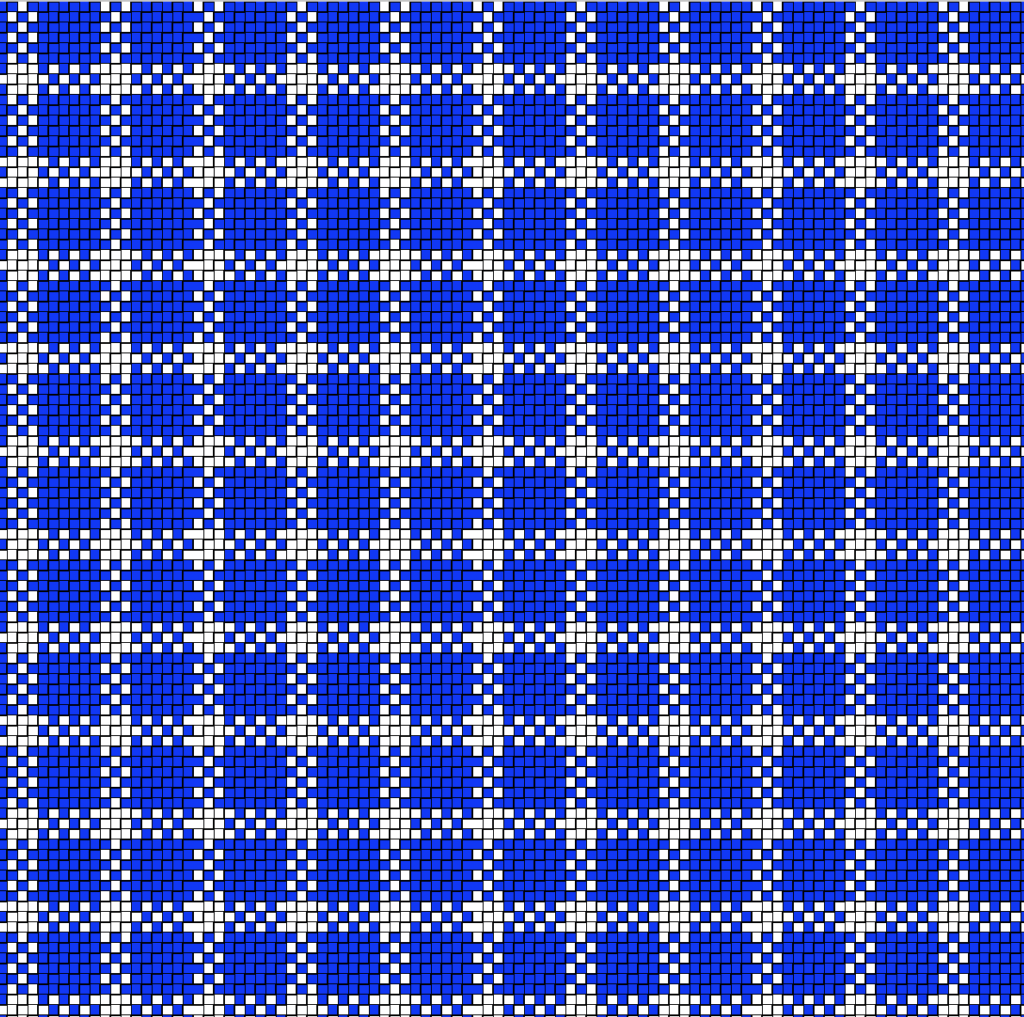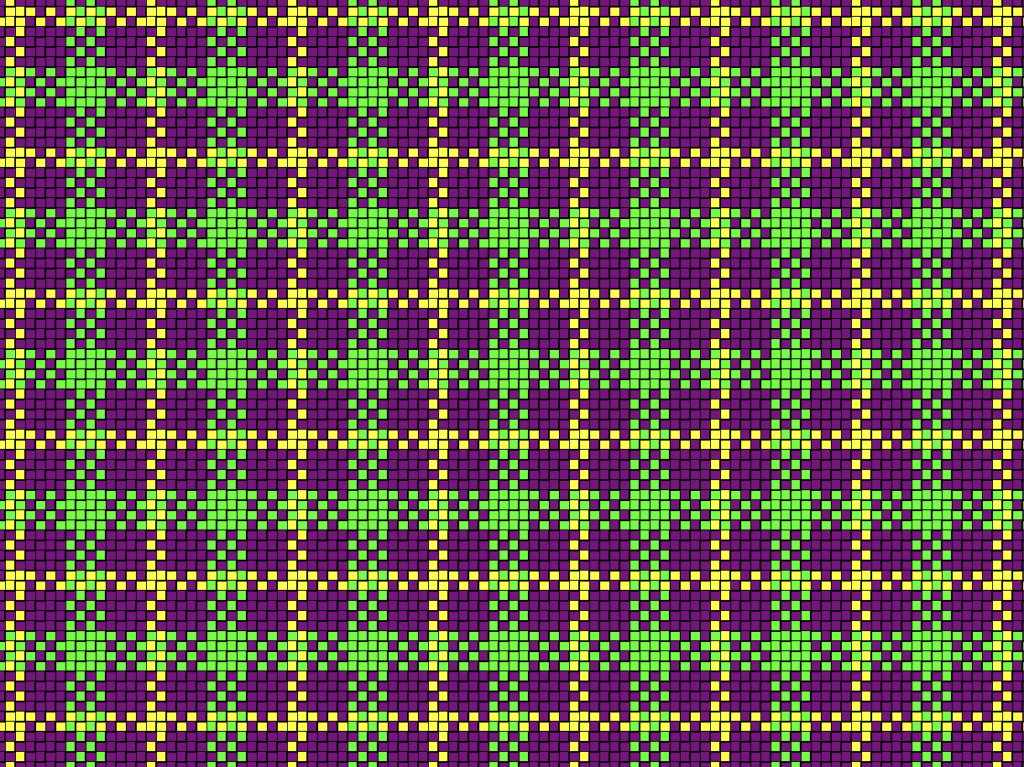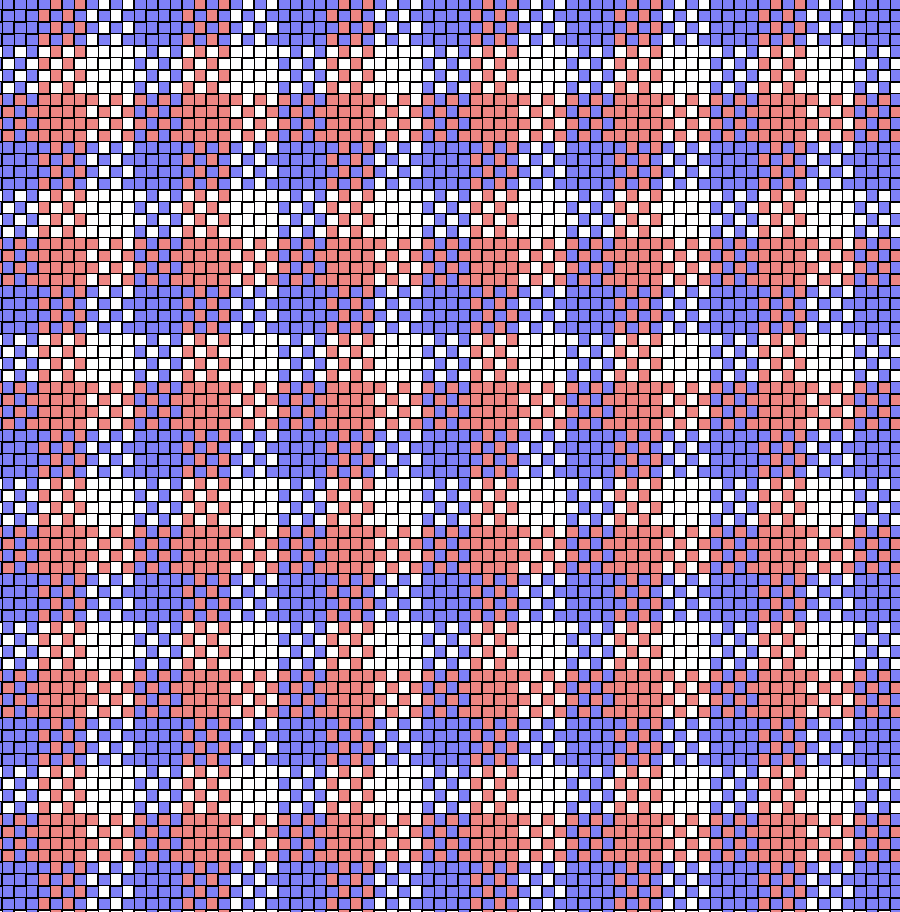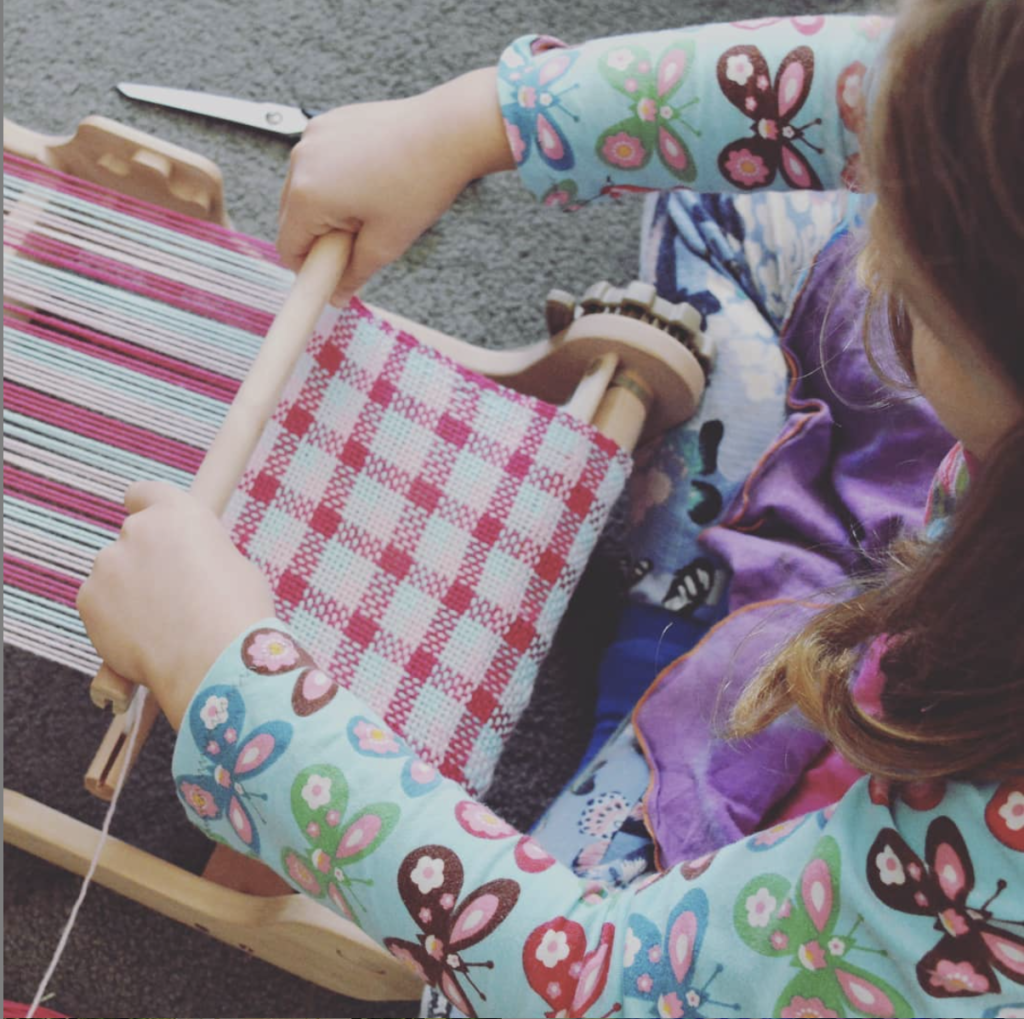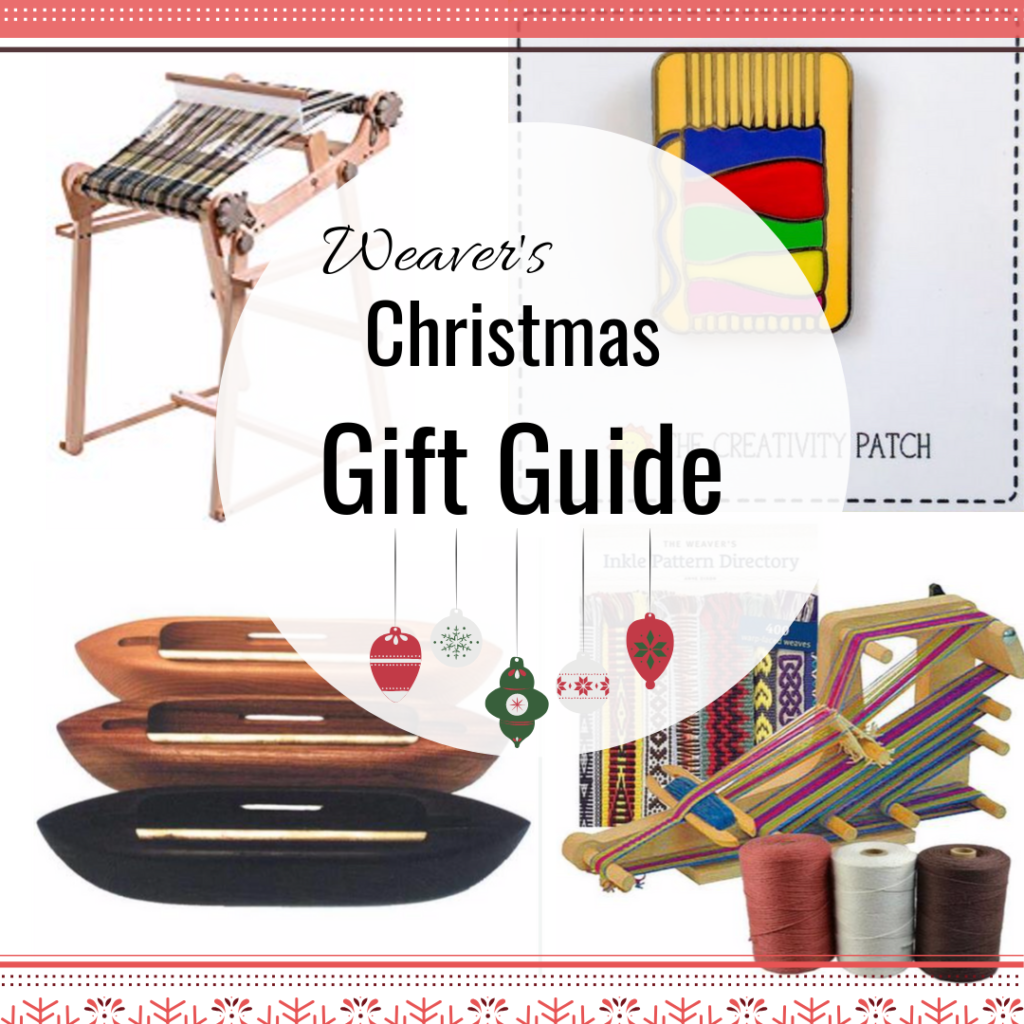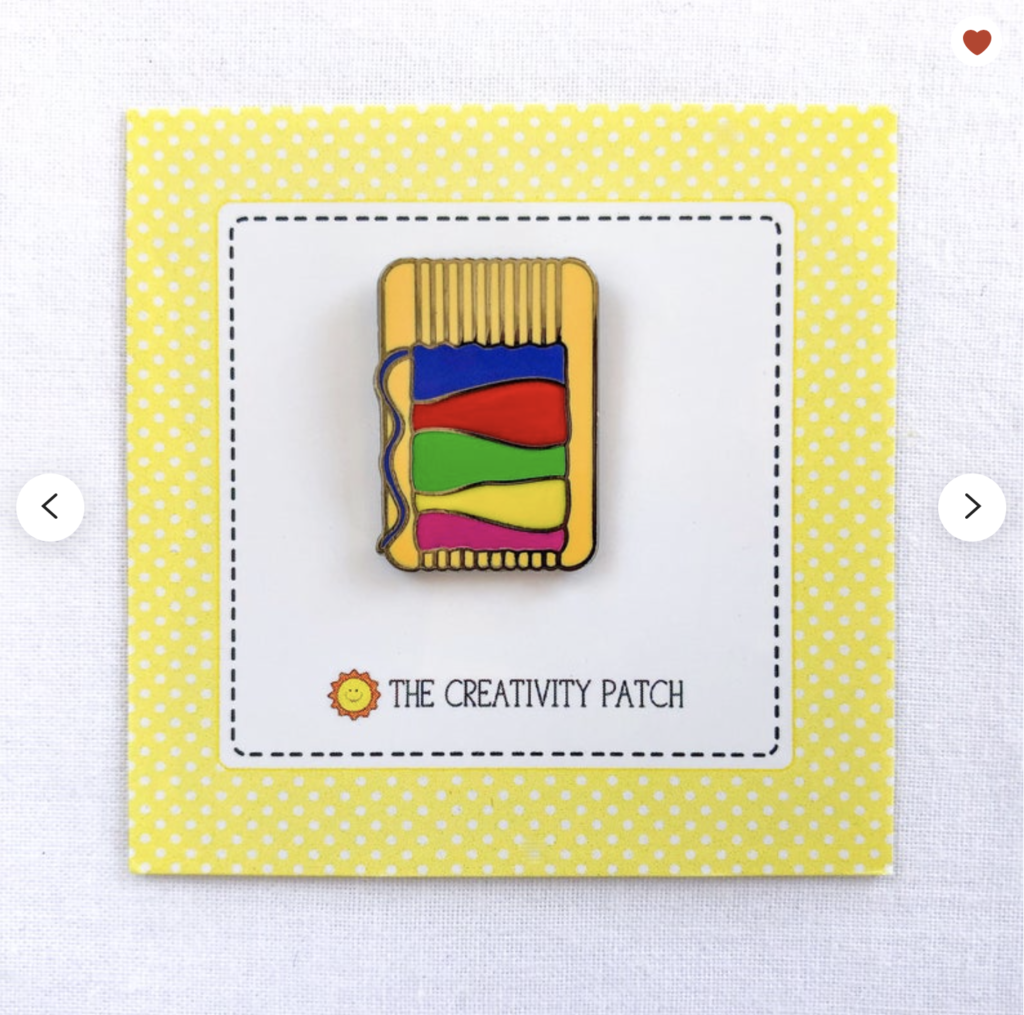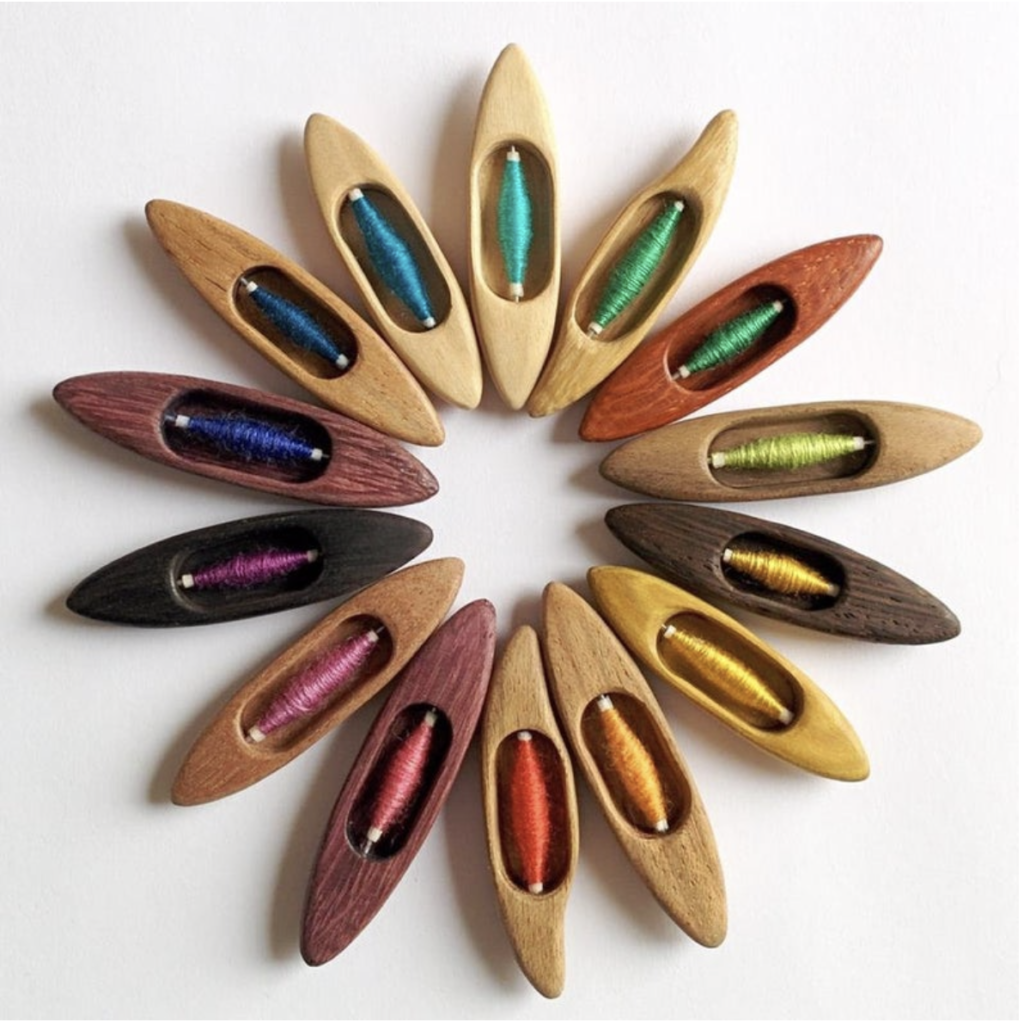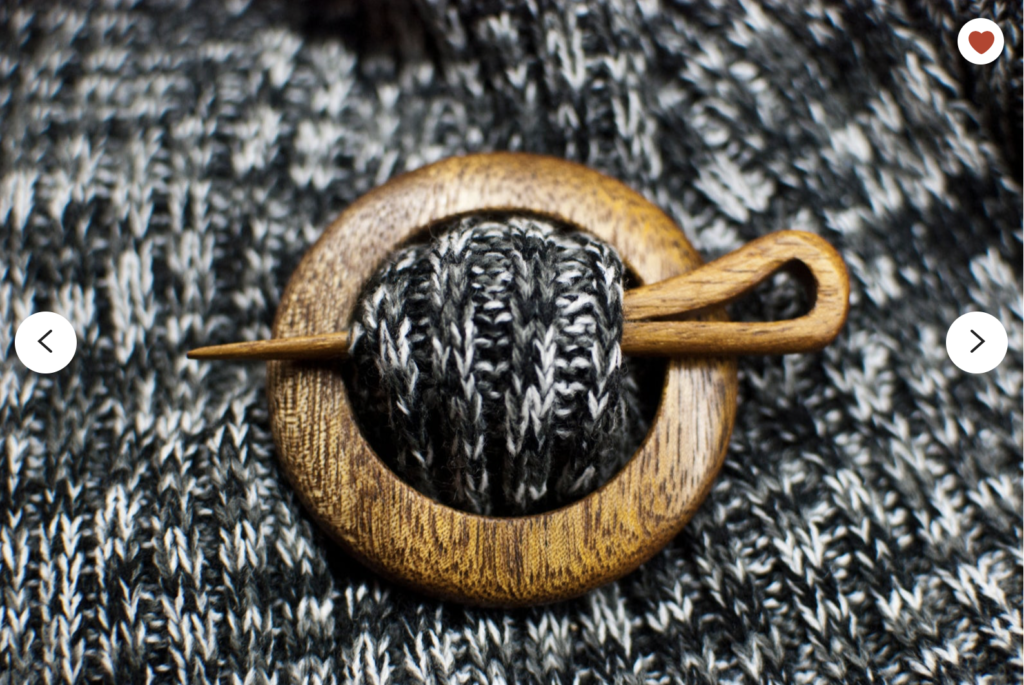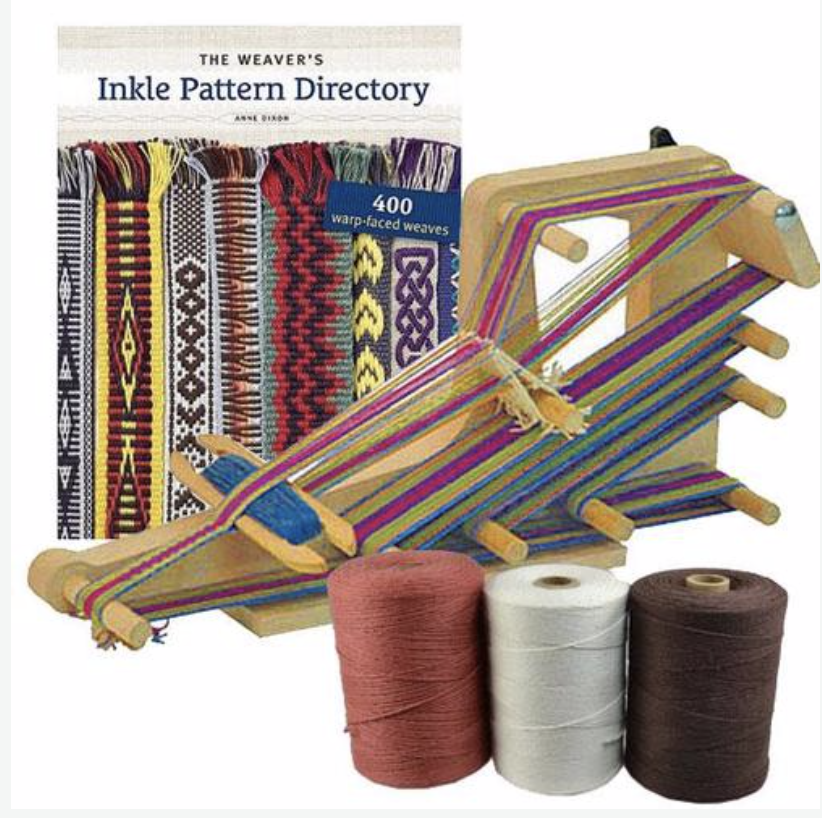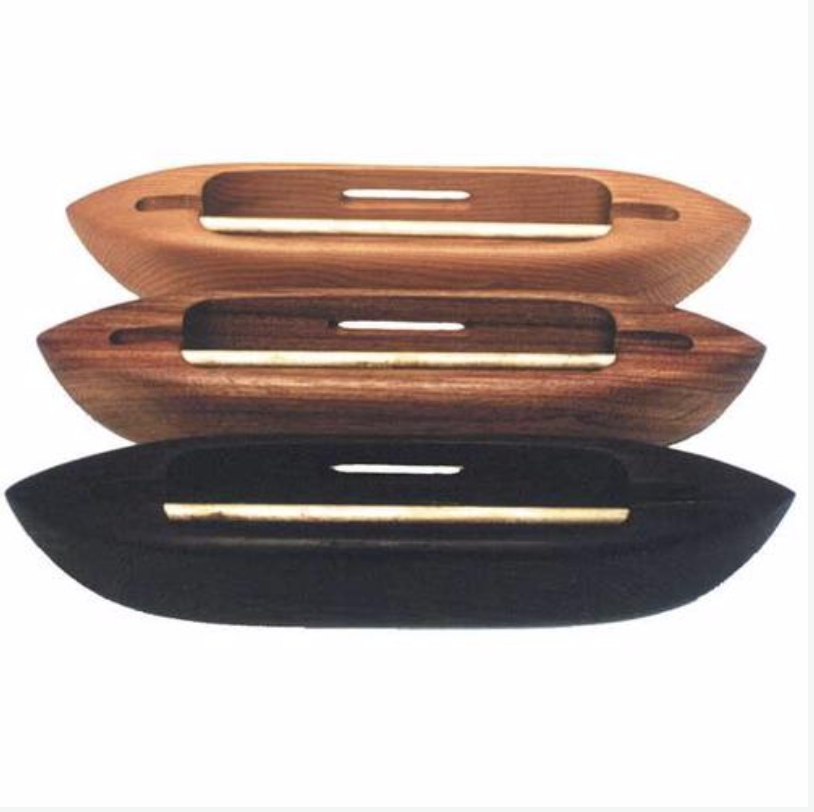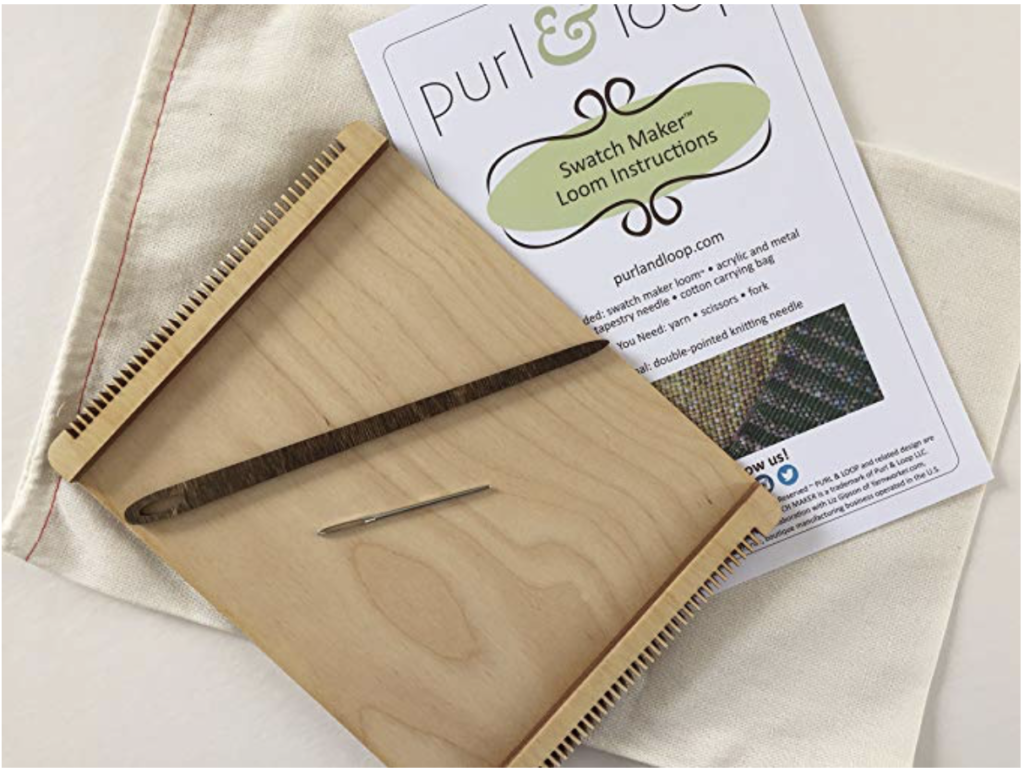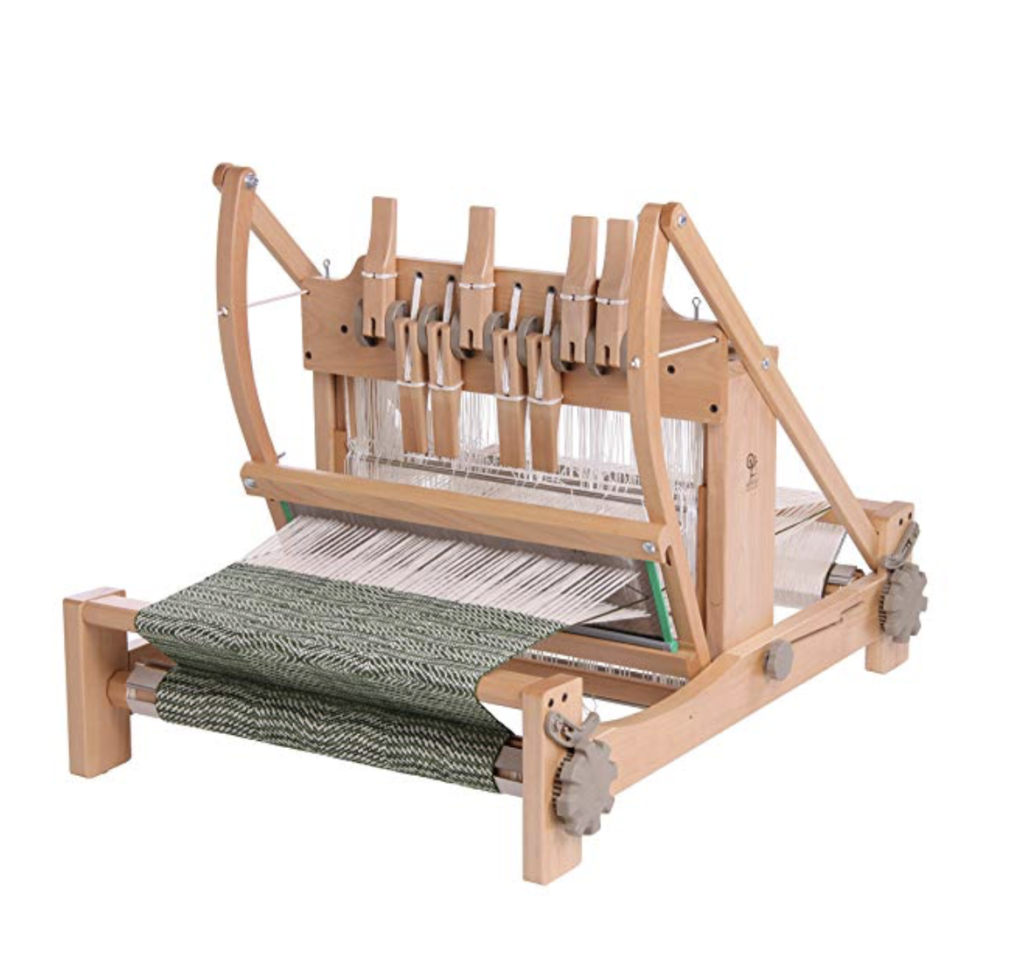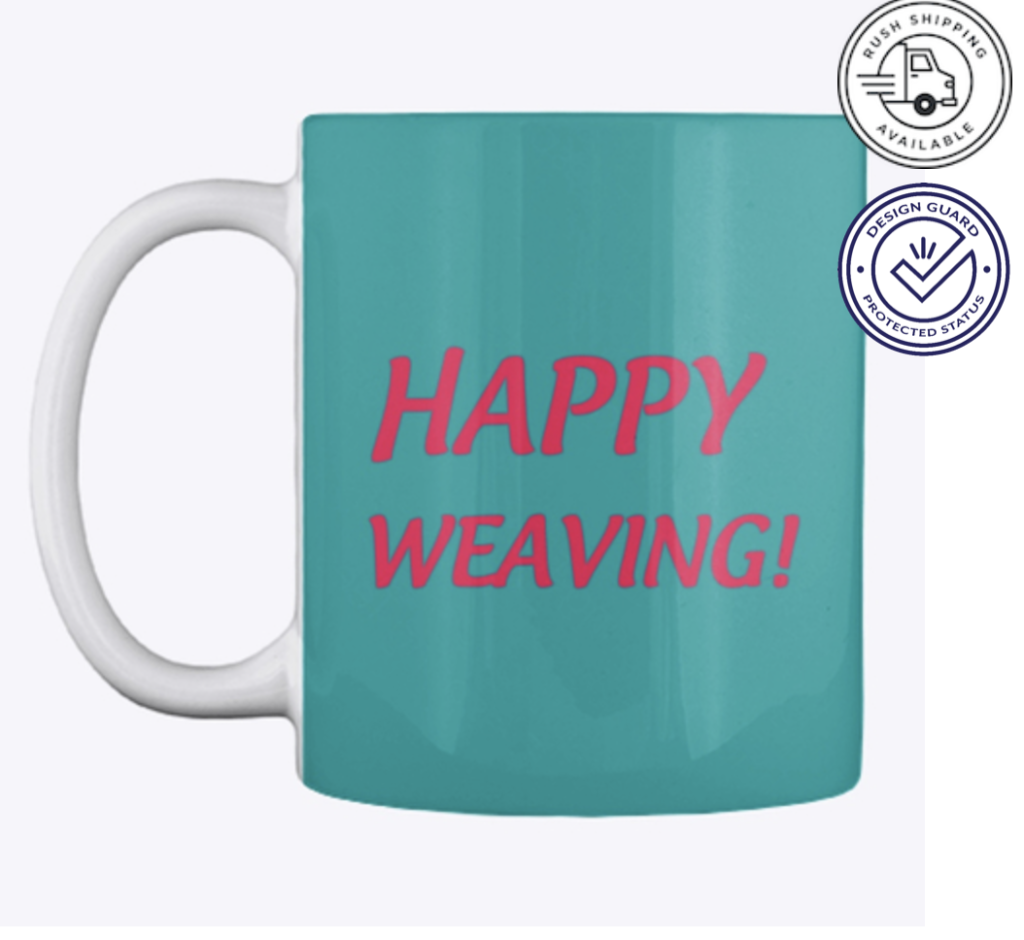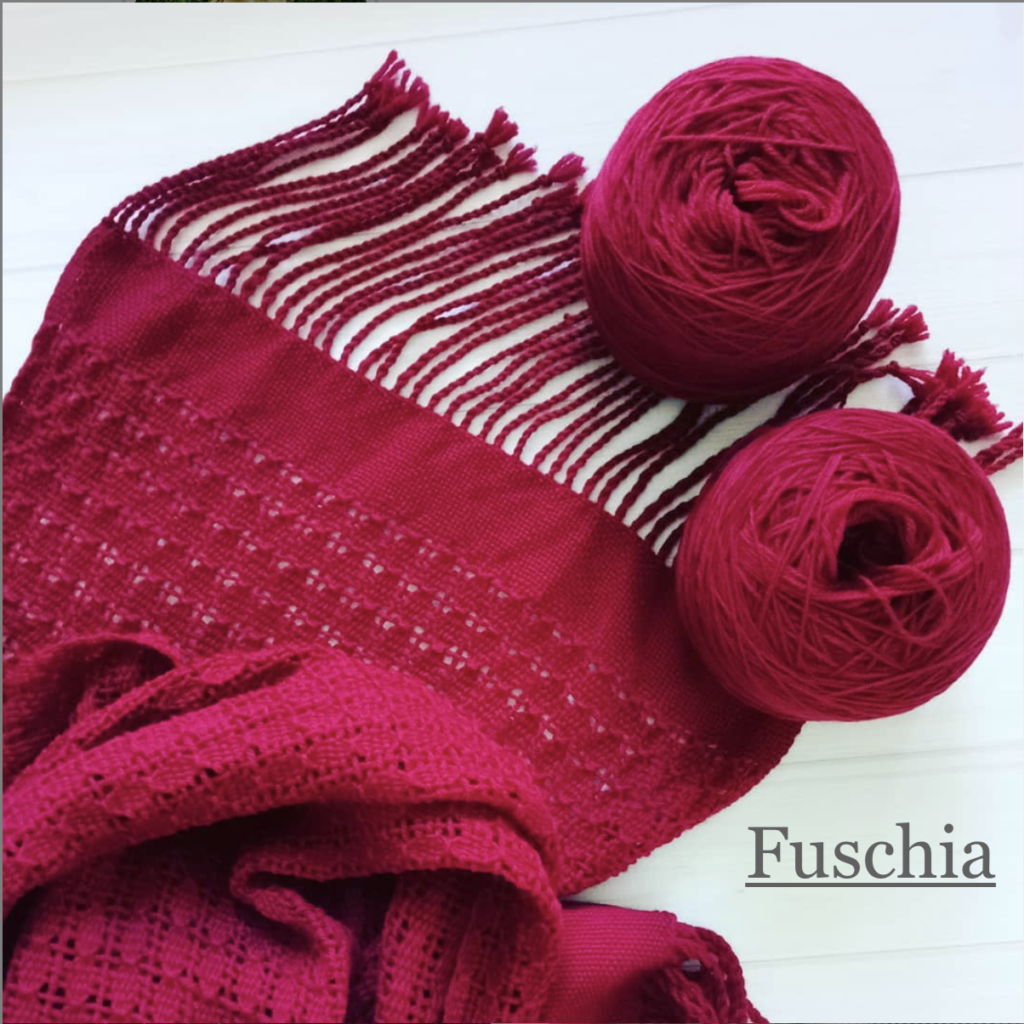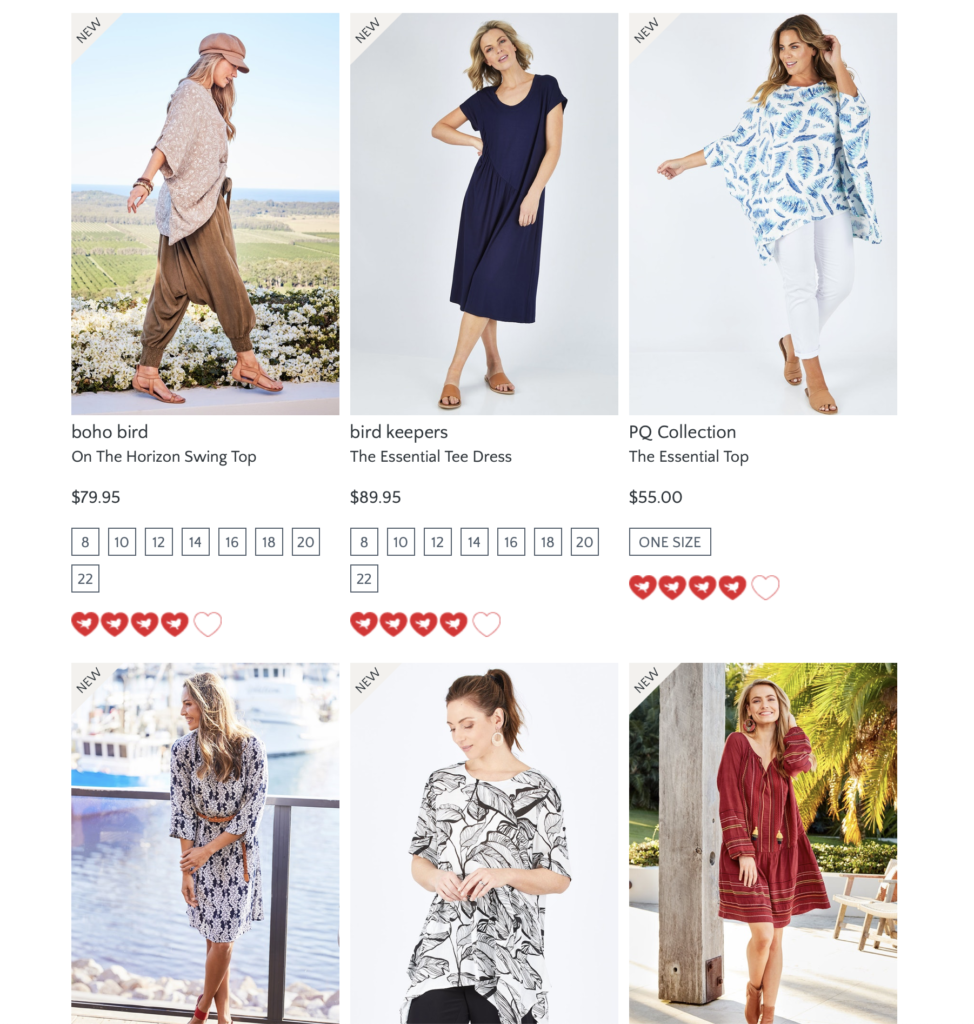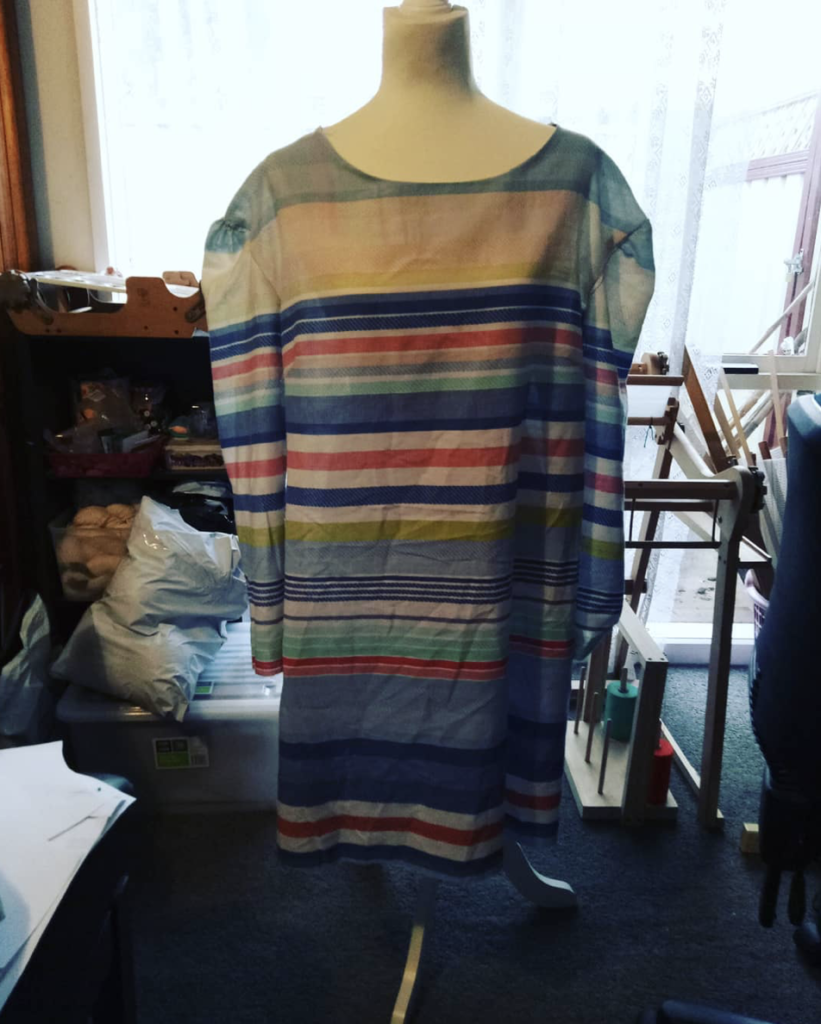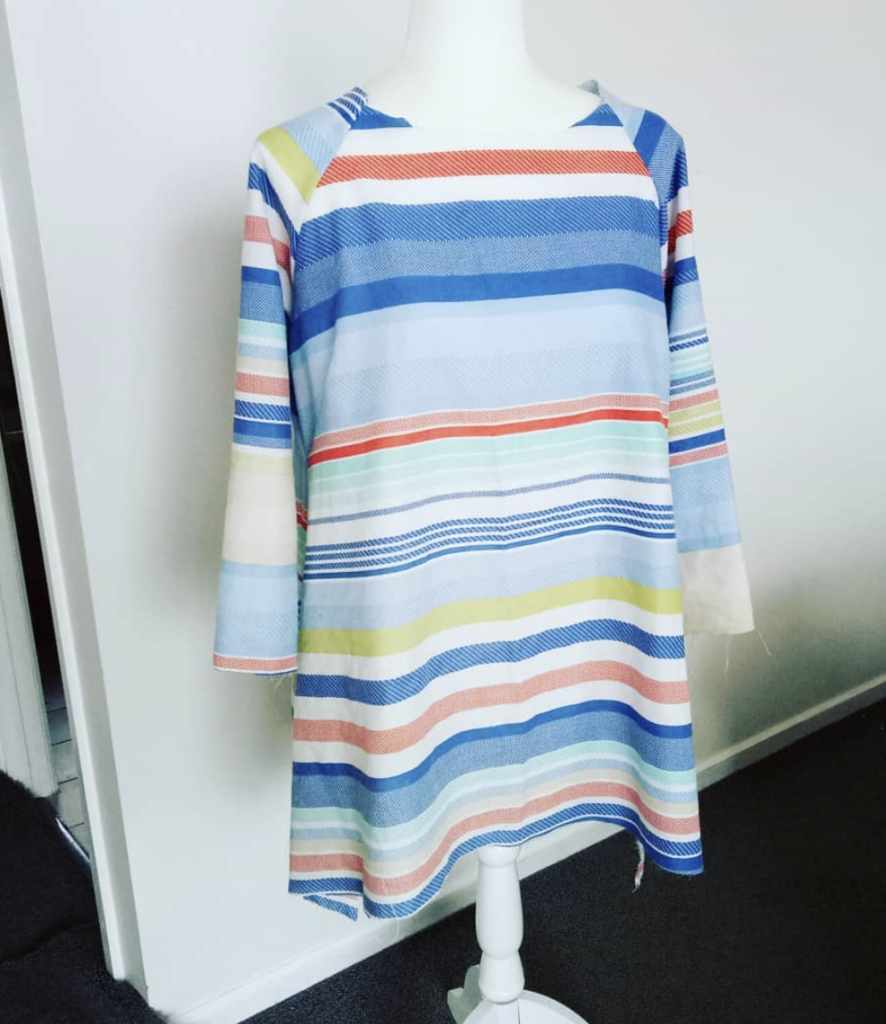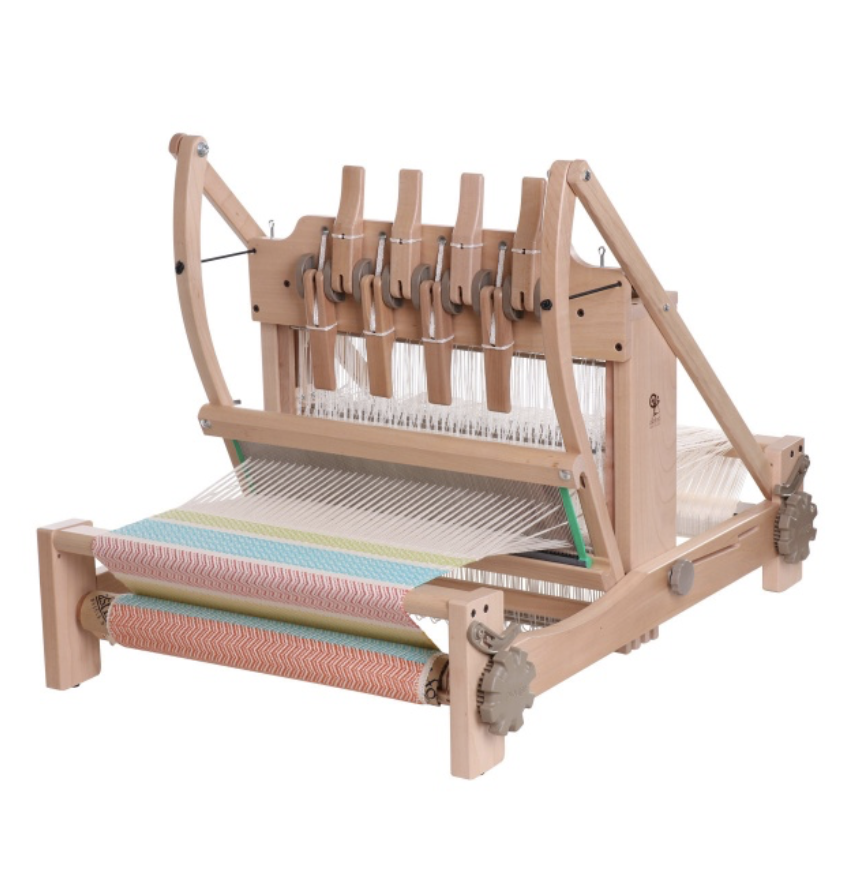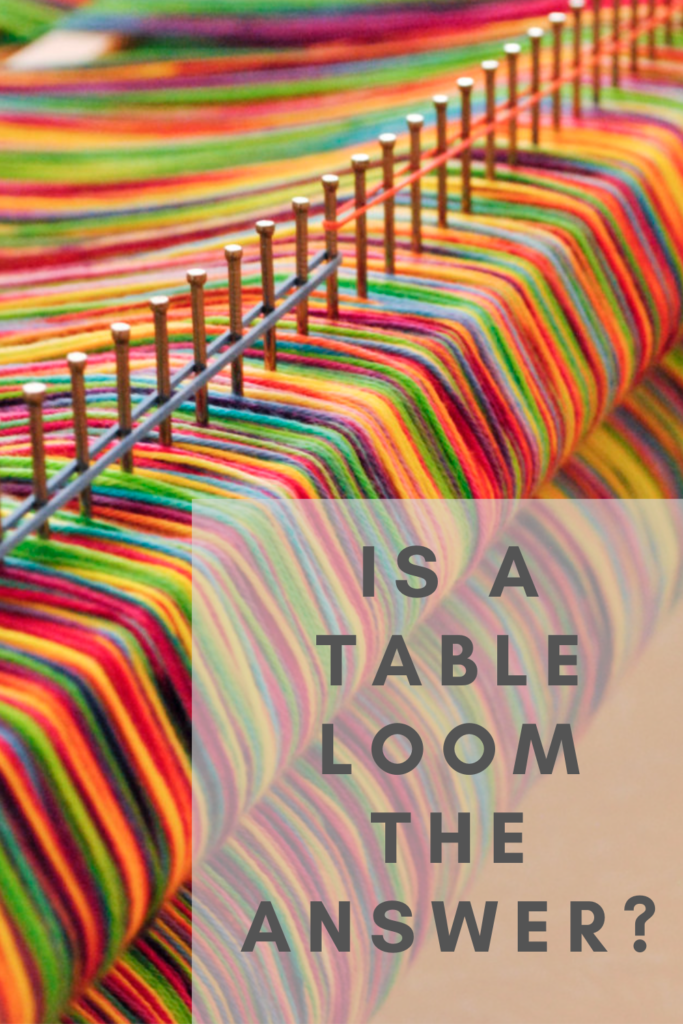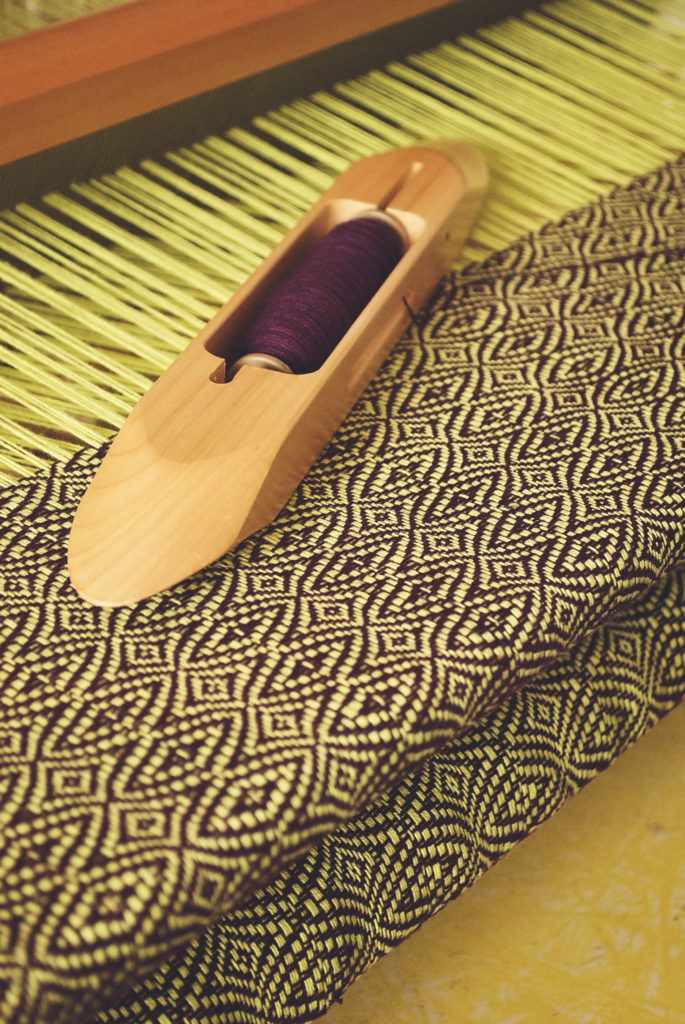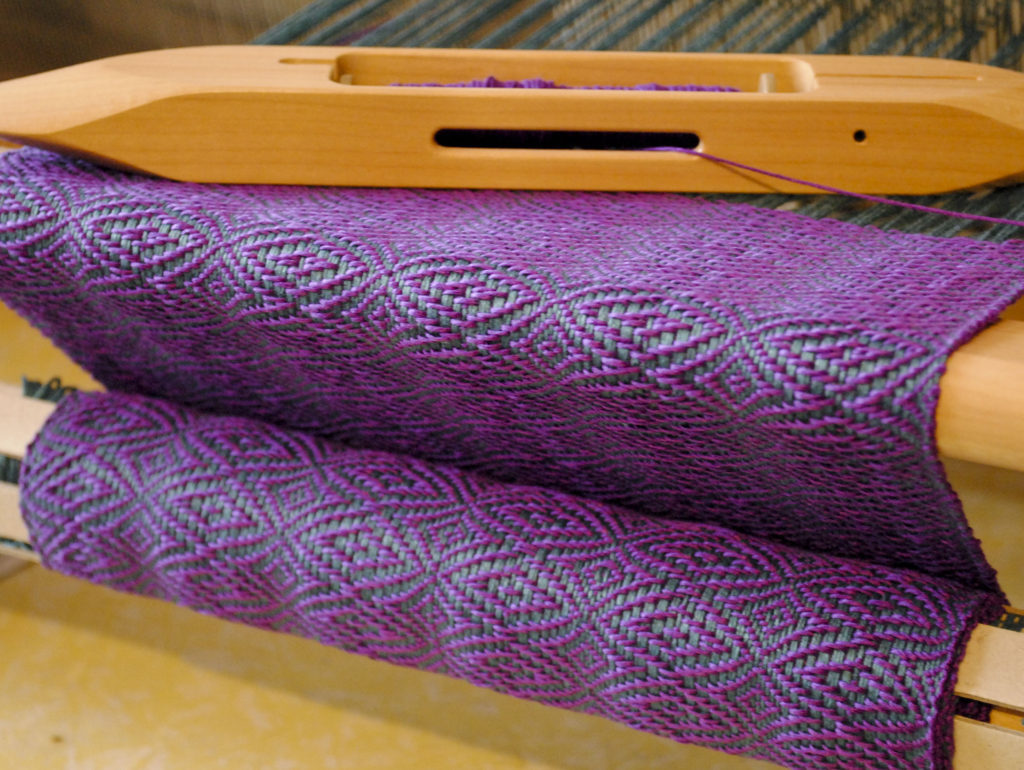It is sometimes presumed that the rigid heddle loom is a plain weave loom. This is because, at it’s most basic, it is a two shaft loom, and plain weave is woven on two shafts.
While it’s true that plain weave is often woven on a rigid heddle loom, it’s capabilities for weaving patterns can be surprising (and very pleasing to the newer weaver!)
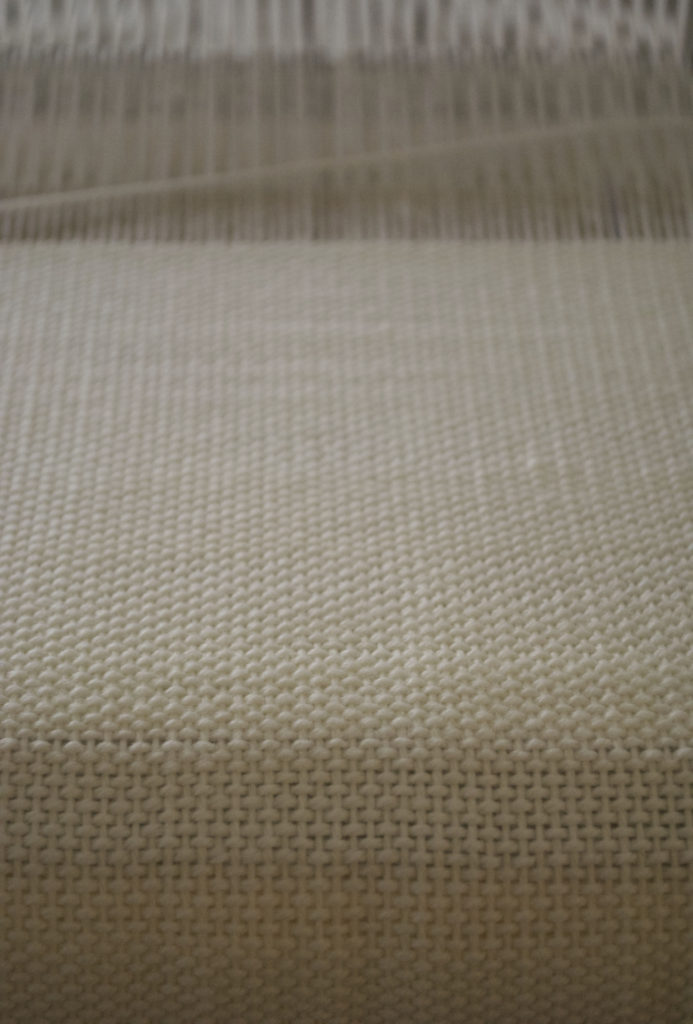
Plain weave is very simple on a rigid heddle loom and easy to set up. Thread one slot and one hole alternating for the width of your project, then when weaving alternate the heddle between the up and down position, and you’re on your way!
*This post contains affiliate links. For more information, please see my disclosure policy.
After a plain weave project or two (or three or four!) weavers often want to know “what is next?” Can I do anything else?
The question that I have come to challenge myself with more in recent times is “is there anything I can’t do on a rigid heddle loom?” Yes, it’s really that capable.
An easy way to jazz up your plain weave so that it looks patterned is to use a variegated yarn. Whether you dye your own or buy a commercially dyed variegated, it’s a really cool effect that makes the plain weave look much more involved.
You have two options with this technique. You can either warp with the variegated yarn and weave with a solid colour or warp with the solid colour and weave with the variegated.
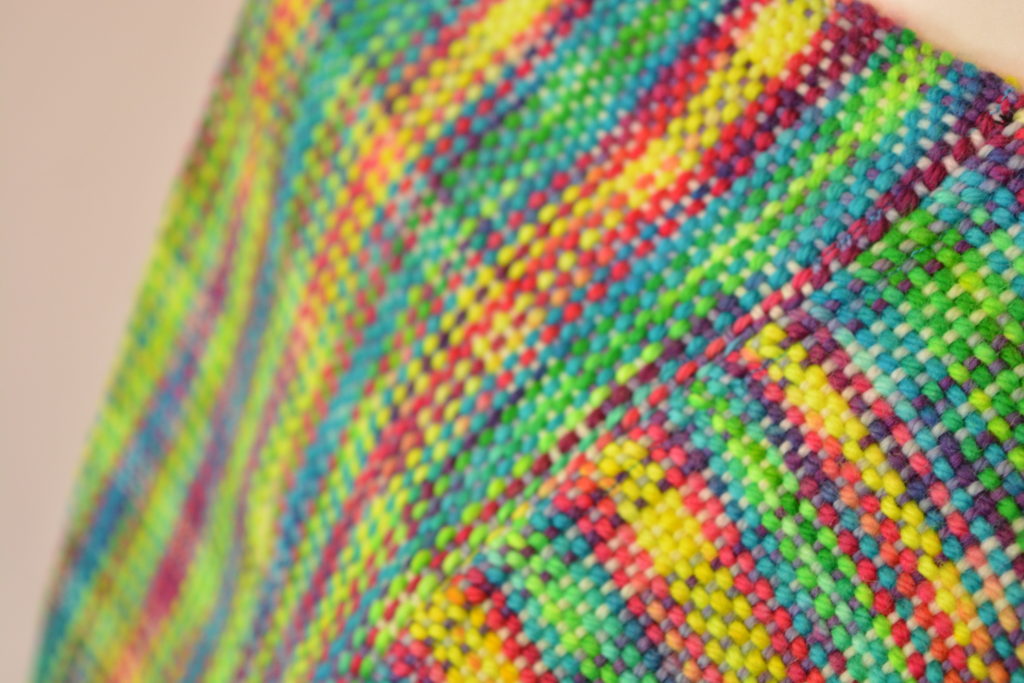
Here are a couple of examples of commercial variegated yarns:
Then there is clasped weft! Once again, we have plain weave but with the use of colour and some clever techniques, you can create distinctive and unique patterns. Pairing variegated and solid yarns works very well for clasped weft.
It lends itself beautifully to almost any woven items you can think of, so warp up and start experimenting!
Here is a beginner’s video on where to start with clasped weft:
I also have videos on clasped weft with 3 colours and 4 colours, but if you’re just starting out with it, I recommend you go through this one first to get the concept set in your mind.
The most logical next step up from plain weave is the introduction of pick up sticks. These are simple, effective and inexpensive flat sticks of timber with usually tapered ends that assist in the picking up of the threads. Some people who are handy with wood even make their own.
The things I really love about pick up sticks are:
- You don’t really need to know what you’re doing in order to start using them.
- They are a very affordable way to change and advance your weaving skills.
- They can radically change your woven piece.
Check out this video or this detailed article on how to use pick up sticks:
There is just so much you can do with one, two or more pickup sticks. Besides picking up behind the heddle to weave patterns, you can also pick up at the front to weave a type of overshot. This is where your pattern will sit on top of the background weaving rather than being incorporated in (this is called a float). If you arrange your floats and colours in particular ways, you can weave all sorts of cool patterns!
I have a lot of these overshot style videos on Youtube, but considering the Christmas theme is so loved, here are a couple of the most popular videos:
This is intended to be a brief overview of pattern weaving on a rigid heddle loom, there is so much more! I haven’t touched on Colour and Weave here, as it deserves it’s own post. You can read more about Colour and Weave in this article. I have, however written about plaid and made some free drafts for your use. You can read that post here.
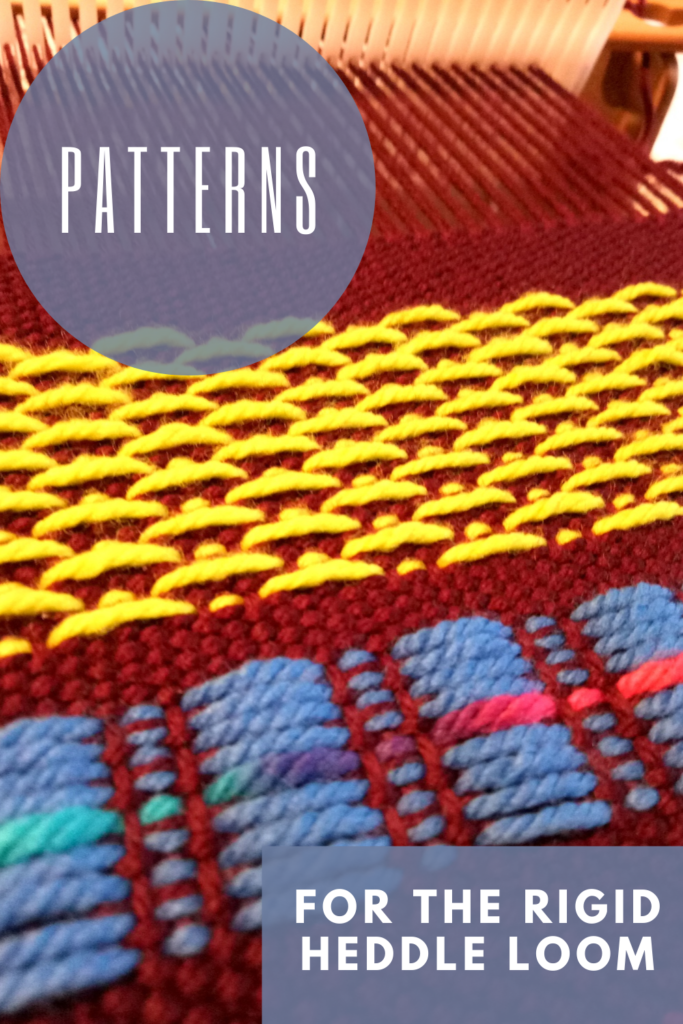
You can find even more resources for weaving more stunning patterns in this post where I take you through techniques like doubled weft, pick up rows, staggered pick up, dots and butterflies. So many possibilities!
I do hope that this has given you some ideas on where to start when you want to level up from plain weave.
If you are just starting out with rigid heddle weaving, I highly recommend my beginner’s online class From Woe to Go! It takes you step by step through everything you need to get up and weaving.
Until next time…
Happy Weaving!

